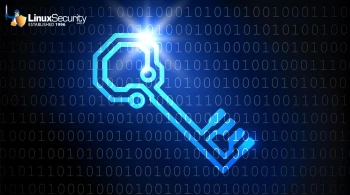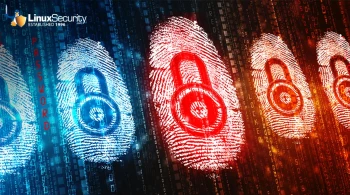Linux admins and software developers,
What measures are you taking to ensure your code has not been altered or tampered with? Doing so is imperative in maintaining trust in the integrity and authenticity of your software, and this is exactly what code signing solutions are designed to do. Code signing involves approving applications, software code, scripts, or programs to authorize their origin and ensure the code is never tampered with.
As cyber threats evolve, secure code-signing practices will become increasingly critical to safeguard software from malicious activities. Today, I'll share the top advantages of code signing, detailing five key benefits it offers software developers, Linux admins, and infosec professionals.
Read on to learn:
- How code signing works.
- How hackers are exploiting code signing certificates.
- The notable benefits code signing solutions offer.
We also explore how AI and Machine Learning are transforming cybersecurity quality assurance.
Please share this newsletter with your friends to help them gain critical Linux security insights. Is there a Linux security-related topic you want to cover for our audience? We welcome contributions from passionate, insightful community members like you!
Yours in Open Source,

5 Key Benefits Of Code Signing Solutions
Code signing involves approving applications, software code, scripts, or programs to authorize their origin. The goal is to ensure that the code is never tampered with. Performing a code sign provides several critical benefits, including code authentication, code or software author validation, and cryptographic protection. Implementing stringent safety practices around code signing enables software to maintain its integrity and authenticity and builds trust. In this guide, you’ll learn more about the advantages of code signing for admins and developers. |
How AI and Machine Learning Are Transforming Cybersecurity Quality Assurance
Quality assurance in cybersecurity traditionally involves systematic testing to ensure systems are secure and free from vulnerabilities. However, with the advent of AI and Machine Learning, QA practices are undergoing a significant transformation. These technologies enable real-time monitoring, predictive analytics, and automated threat detection, enhancing the effectiveness and efficiency of QA processes. We explore how AI and ML are reshaping QA in cybersecurity, the key practices involved, and the benefits they offer Linux admins and organizations. |















